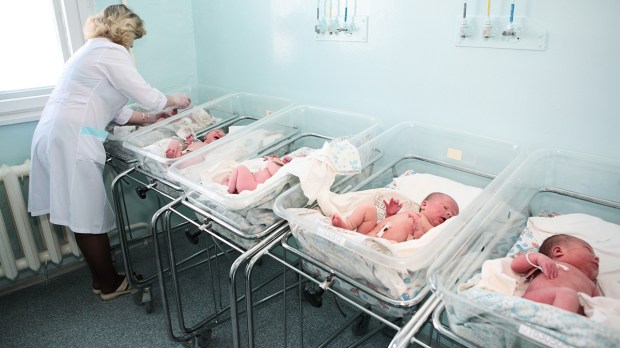Federal officials reported a decline in American birth rates for the second year in a row. According to the National Center for Health Statistics the fertility rate stands at 60.2 births per 1,000 women of childbearing age (15-44), down 3% since 2016. This is the largest single year drop since 2010.
Fertility rates are a country’s means of monitoring a society’s demographic balance. When fertility rates are high a country’s limited resources can be strained, but when it is low the society will have trouble replacing it’s workforce. Despite the decline in fertility rates, the U.S. has not experienced a drop in population due to immigration.
The New York Times spoke to demographer Kenneth M. Johnson, from the University of New Hampshire about the dwindling American birthrate:
“Every year I look at data and expect it will be the year that birthrates start to tick up, and every year we hit another all-time low. It’s one of the big demographic mysteries of recent times.” He said it seemed to be inconsistent with the growing number of women of childbearing age: In 2017, women had nearly 500,000 fewer babies than in 2007, despite the fact that there were an estimated 7 percent more women in their prime childbearing years of 20 to 39.
Experts are unsure whether this decline is an anomaly or if it indicates major social change. Between Millennials marrying later and women spending more time on education and career advancement, it is possible that having children later in life is becoming the norm.
The New York Times reported that the number of births to girls aged 10-14 has dropped 55% in the last 10 years, while births rose for women in their late forties. One in five births last year were to women 35 years or older.
The New York Times spoke with Shannon Hettinger, a 32-year-old from Washington who has no children, but still plans on having them. Having spent her 20s building her career, she says she still has further left to go before she will consider having children.
“I just want to build my book of business and see where I can go from here,” she said. “My whole focus is career growth. That’s my No. 1 priority.” “Once I achieve a certain level of success,” she added, “then I’ll start thinking about a family.”

